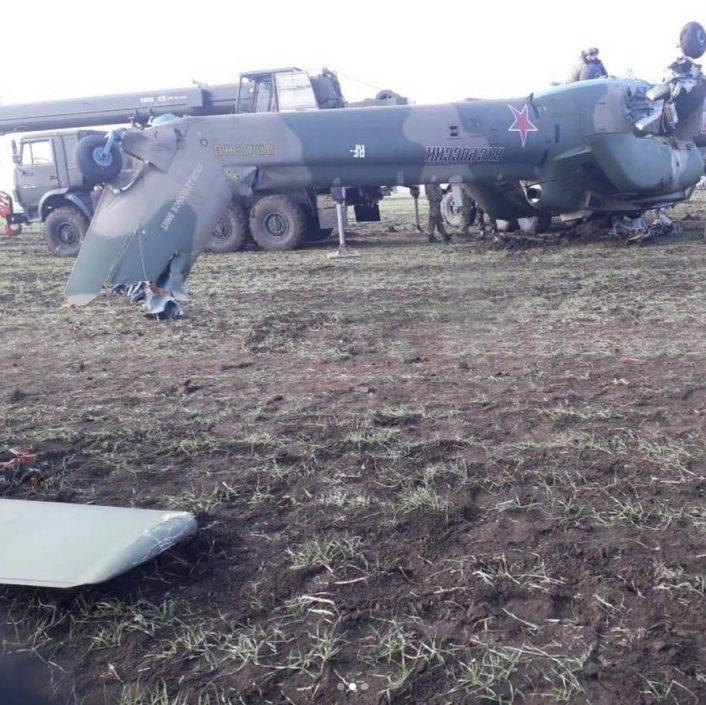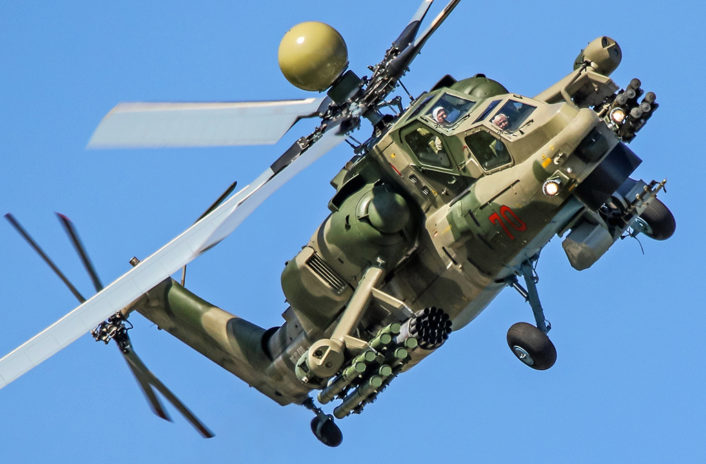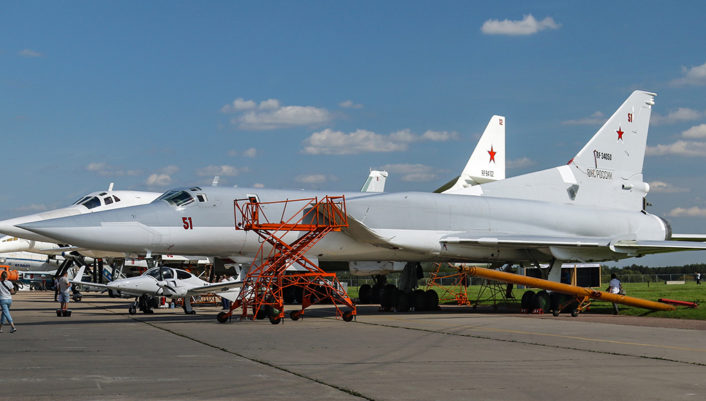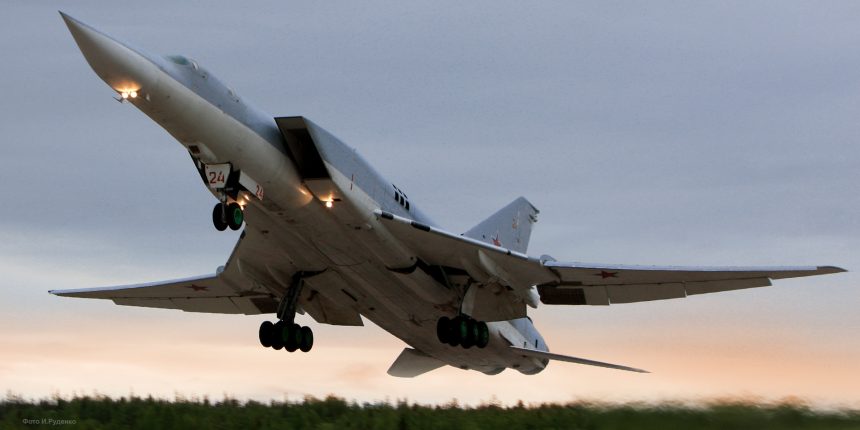Accident is Third in Series of Significant Russian Military Mishaps in December.
A Russian Tupolev Tu-22M3, NATO reporting name “Backfire”, twin-engine supersonic bomber crash-landed yesterday in the Astrakhan-Oblast region of southern Russia after suffering a reported engine failure. The crew escaped without injuries after bringing the aircraft into a “field” in a rural setting without a high concentration of civilians. The crew’s actions are already being hailed as “heroic” in Russian news and social media. The aircraft was unarmed and flying in a routine training mission according to the Russian military.
The news of this most recent mishap for the Russian military comes only a week after a tragic fire aboard the country’s only aircraft carrier, the Admiral Kuznetsov, killed at least one person, injured 10 and left 2 sailors unaccounted for.
Earlier this month, on December 12, 2019, the Moscow Times reported the crash of a Russian Mi-28 two-man gunship helicopter, NATO reporting name “Havoc”, that killed two crewmembers on Tuesday night, December 10, near the Korenovsk airfield in the Krasnodar region. The Moscow Times, citing an Interfax release of a Russian Defense Ministry’s official statement, reported that the Mi-28 gunship’s “flight took place without ammunition. There are no marks of destruction on the ground. Both pilots were killed”.

The Mi-28 is similar in configuration to the western AH-64 Apache attack helicopter.

While reasons for the string of accidents in the Russian military are under individual investigations, the frequency of Russian accidents mirrors U.S. military aviation accidents that has become the focus of media attention during much of the year. These include a tragic December 5th crash of a U.S. Army National Guard Blackhawk helicopter that killed 3 near Kimball, Minnesota, a string of accidents in U.S. T-38s and F-16s throughout the year, and a sensational and tragic fatal crash of a U.S. F/A-18E in a well-known western U.S. low flying area.
This week’s accident is the second one involving a Tu-22M3 so far in 2019. Earlier this year on January 22, 2019, a Tu-22M3 crashed near the city of Olenegorsk in Russia’s Murmansk region, where the long-range bombers often operate from. Four people died in the January 2019 accident. Russia reported the aircraft was unarmed at the time of the crash. Adverse weather in the region, including an arctic storm, was cited as a possible contributing factor to the fatal accident.









